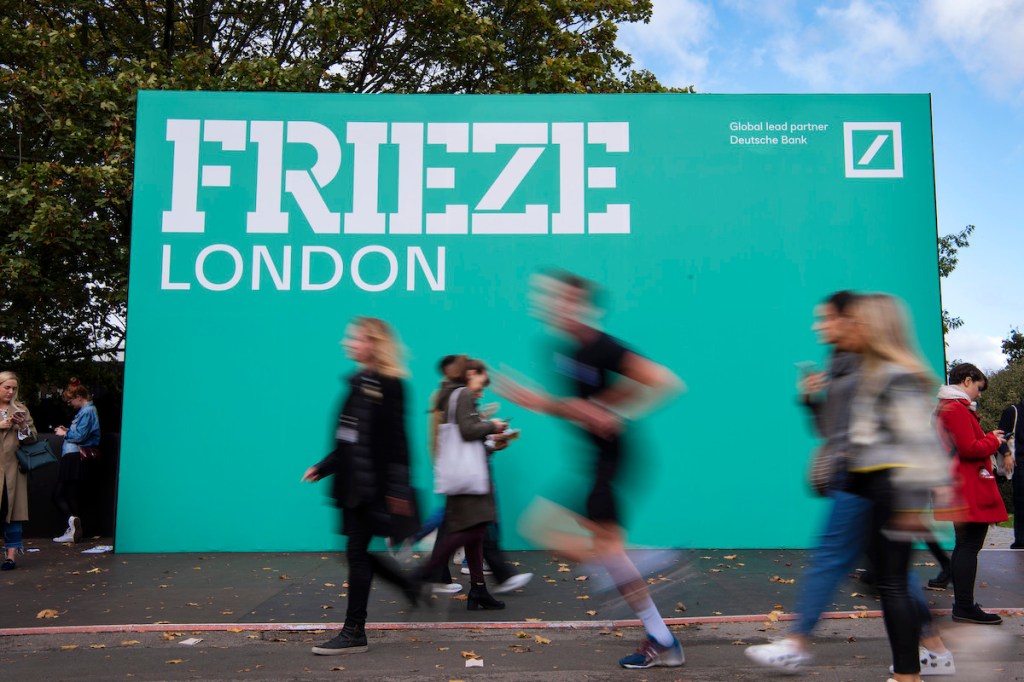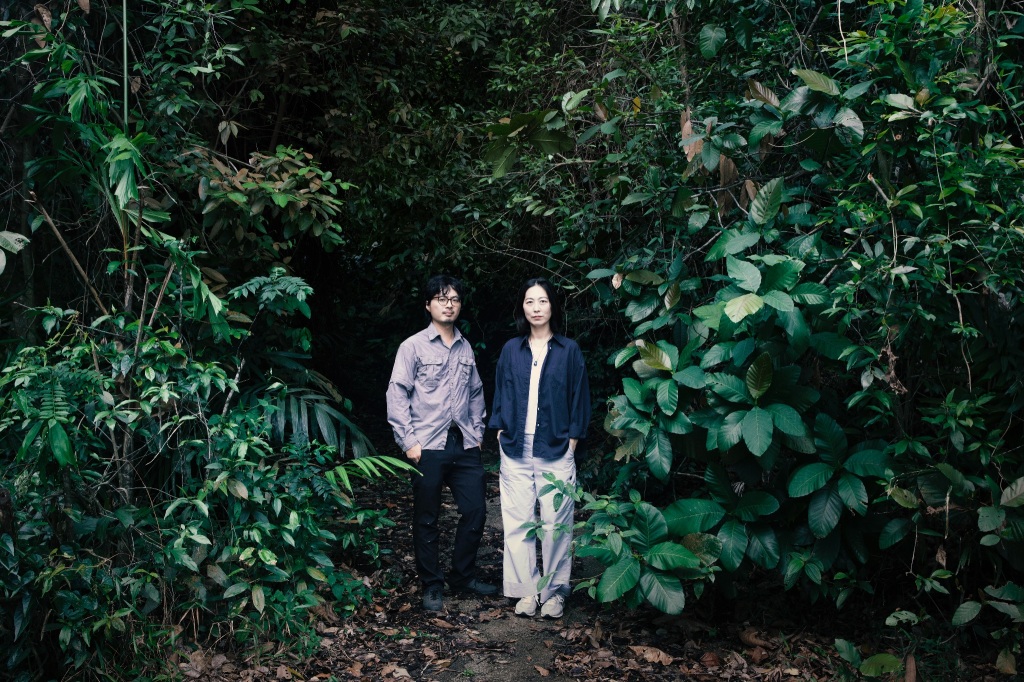German Panel Calls for Return of Kandinsky to Heirs of Jewish Family, Guggenheim Bilbao Wins AIA Prize, and More: Morning Links for June 14, 2023
To receive Morning Links in your inbox every weekday, sign up for our Breakfast with ARTnews newsletter.
The Headlines
A POSSIBLE RESOLUTION. A 1907 Wassily Kandinsky painting that has been held by a German bank for about 50 years should be returned to the heirs of a Jewish family that owned it until 1940, according to a German commission, the Associated Press reports. The panel’s determinations are not binding, but they tend to be followed by the parties that agree to have it weigh in. The piece, of a lively festival, had once been in the collection of a Jewish couple, Hedwig Lewenstein Weyermann and Irma Lewenstein Klein, whose heirs had it on loan to the Stedelijk Museum in Amsterdam. It was auctioned in the Nazi-occupied city in late 1940. While the Bayerische Landesbank had argued that the piece may have been sold by one of the heirs as part of a divorce settlement, the panel ruled that “the painting was seized as a result of persecution.” In a statement quoted by the New York Times, the bank said that it could consider the group’s advisory decision “in the context of its decision on how to proceed further.”
A RESOLUTION. Boston’s Museum of Fine Arts and a pair of patrons have reached a deal with the heirs of two Jewish art dealers that will result in a 1671 Adriaen van Ostade painting being promised to the institution, the Boston Globe reports. The journey of the work, Customers Conversing in a Tavern, over the 20th century was long and fraught. Prior to World War II, it belonged to Paul Graupe, who fled Germany for Switzerland in 1939, and in 1941, it was sold by a business partner living in southern France, Arthur Goldschmidt, to a Nazi agent. Confiscated by Allied Forces following the war and auctioned off because it was unclaimed, it was eventually acquired in 1992 by Susan and Matthew Weatherbie. They have promised their Old Masters to the MFA. The Weatherbies and the MFA will pay an undisclosed amount to the heirs of Goldschmidt and Graupe, who had filed a claim for its return, adding the Ostade to that planned gift.
The Digest
The Metropolitan Museum of Art has been involved in efforts to train military service members in safeguarding cultural objects amid conflict, journalist Zachary Small reports. Meanwhile, its reclassification of some artists in its collection as Ukrainian—they were previously listed as Russian—has led to some violent threats. [The New York Times]
The American Institute of Architects gave its Twenty-Five Year Award, which honors “a building that has set a precedent for the last 25–35 years,” to the Guggenheim Museum Bilbao, which was designed by Gehry Partners and inaugurated in 1997. [Press Release/AIA via Architect]
Gagosian has hired Andreas Rumbler to lead its operations in Switzerland, where it has three locations—in Geneva, Basel, and Gstaad. Rumbler has worked as a solo dealer and in a partnership with Lévy Gorvy, and spent almost a decade as chairman of Switzerland for Christie’s. [The Art Newspaper]
Artist Hito Steyerl, who’s now showing a major work at a show at London’s Hayward Gallery, discussed declining Germany’s Federal Cross of Merit, buying back her work from a collector, and thinking about “how we could extricate ourselves from our dependency on the large tech cartels.” [The Guardian]
The Yuz Museum, which was founded by the late collector Budi Tek, has relocated from Shanghai’s West Bund area to Qingpu, about 90 minutes away by subway. Tek’s daughter, Justine Alexandria Tek, who now runs the venture, said that he “provided the base that we now build upon, like a never-falling Jenga block.” [South China Morning Post]
In case you didn’t make it to the Rijksmuseum’s Vermeer blockbuster (or even if you did), Martin Bailey was kind enough to put together a guide to where you can find the master’s roughly three dozen paintings around the world, from Edinburgh to Braunschweig and beyond. [The Art Newspaper]
The Kicker
AESTHETIC JUDGMENT. The art market works in mysterious ways. The auction record for one of Andy Warhol’s portraits of Princeis just $173,000, Kelly Crow reports in the Wall Street Journal. However, after the U.S. Supreme Courtruled in May that the use of one of those images in a magazine article violated a photographer’s copyright, some experts believe a Warhol Prince could go for far more—$1 million, according to collector Alberto Mugrabi. His family has massive Warhol holdings, and he thought he had a Prince, he told Crow, but he came up empty when he checked his records. Never pleasant when that happens. He said, “We owned a Michael Jackson.” [WSJ]



